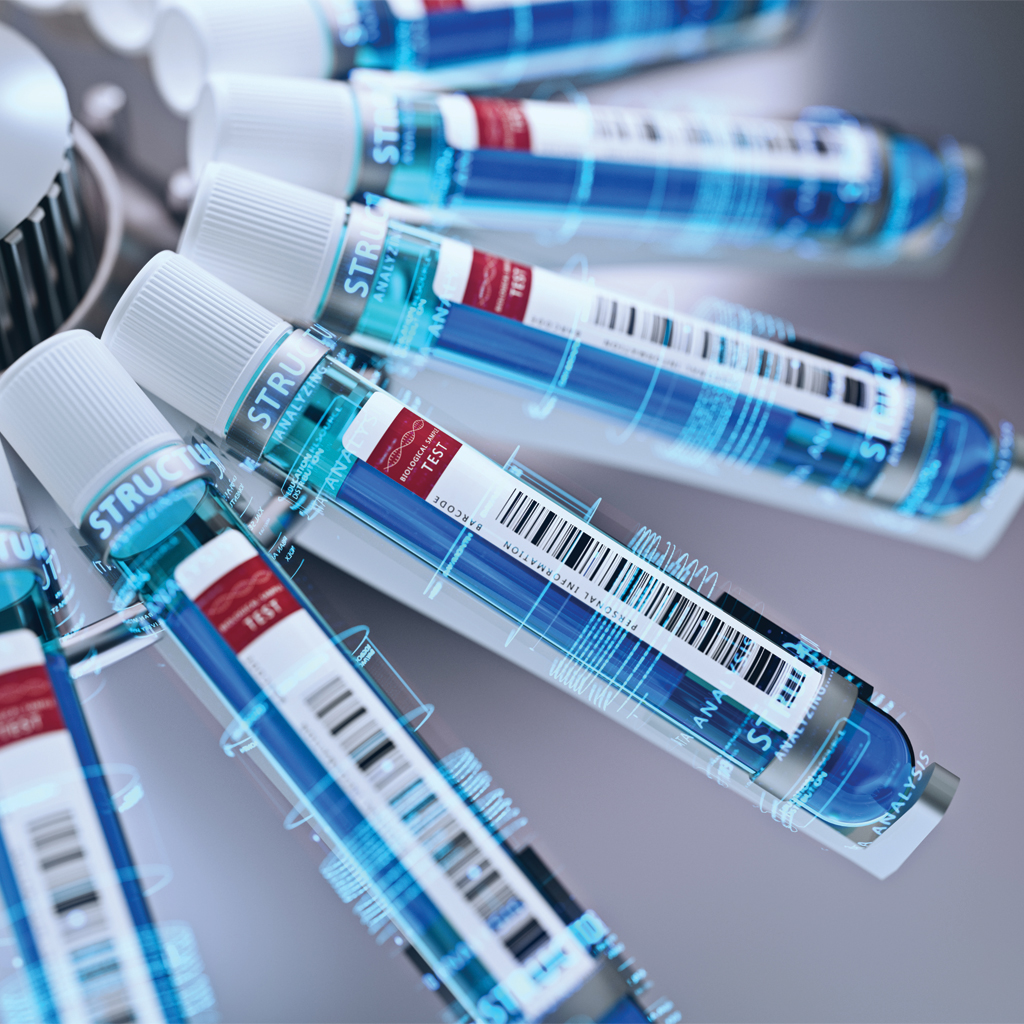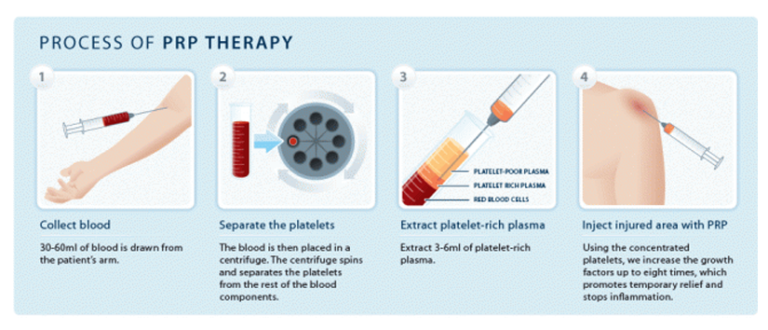How does PRP therapy work?
PRP is an outpatient procedure, which is done in our office, and will take approximately 1 hour. Blood is drawn from the patient and placed in a centrifuge, where it spins rapidly and separates the blood. The platelet-rich plasma layer of the blood is isolated and then injected into the area of your injury or inflammation.
- Do not take Anti-Inflammatory medication (1 week prior to PRP – Platelet Rich Plasma injection).
- The procedure may cause some localized soreness and discomfort.
- Ice may be applied for pain and inflammation initially following injection.
- Elevate injury site as needed.
Is PRP covered by insurance?
Contact the office to discuss cost/payment. Pre-screening of Insurance will be required prior to PRP therapy.
How quickly can I get back to my regular routine?
PRP treatment is designed to promote long term healing of the injury and is not a “quick fix”. PRP requires time and rehabilitation time following the injection for the injury to heal. You will schedule follow up visits with your physician following the PRP injection to determine when you are able to begin physical therapy and progress to regular physical activity.
Are there any side effects to PRP treatment?
Although uncommon, risks can include those signs/symptoms associated with an injection including: pain, infection, no improvement or worsening of symptoms, blood clot, nerve injury, skin discoloration, calcification, scarring, loss of fat to the affected area, and allergic reaction.


